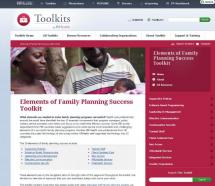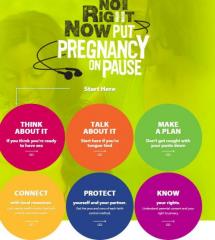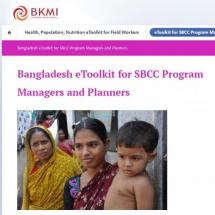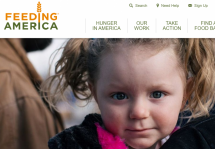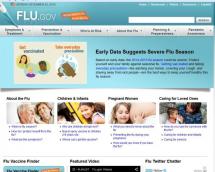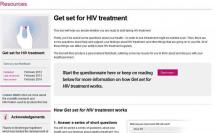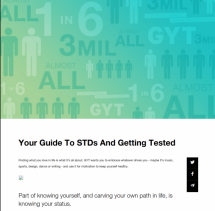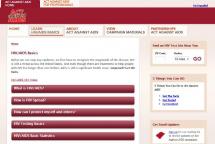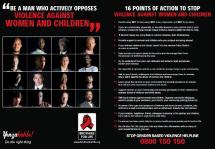16 Points of Action to Stop Violence Against Women and Children
This resource is from the Brothers for Life campaign, which was launched in 2009 and seeks to address the risks associated with multiple and concurrent partnerships, sex and alcohol abuse, and gender based violence; and which also promotes HIV testing, male involvement in PMTCT, and other health seeking behaviors.
The campaign uses Interpersonal communication, mass media and advocacy to reach its audiences. This leaflet offers sixteen points of action to stop violence, including not being silent, staying away from alcohol if that triggers violence, understanding your own behavior, encouraging your friends to speak out against gender-based violence, being aware of the signs of violence, and helping victims of violence to get help.
The South Africa National Communication Survey 2012 Preliminary Results revealed that Scrutinize (another Tanzanian campaign, the materials for which are in the Health COMpass) reached about 70% and Brothers for Life reached about 60% of their intended population. Regarding condom use, it was also determined that both programs should continue to promote self-efficacy and positive attitudes toward condom use (as those shown in this presentation) as these have a positive net effect on condom use at last sex. Condom use promotion through community meetings and increasing community involvement also has a positive effect on condom use. The survey also revealed in regards to HIV testing that self-efficacy to request partner testing and discussion with sex partners about getting tested together has a positive net effect. Regarding, Multiple Sex Partners (MSP), neither program is having any direct effect on MSP but has a net positive effect on self-efficacy to avoid MSP. Both programs should continue to promote self-efficacy to avoid MSP but need to be careful not to increase attitudes that favor MSP. The evaluation of Scrutinize shows that this program increased favorable attitudes toward MSP. The Brothers for Life program did not have this negative effect.
Source: Source
Johns Hopkins Health and Education South Aftica (JHHESA)
Date of Publication: March 25, 2019

